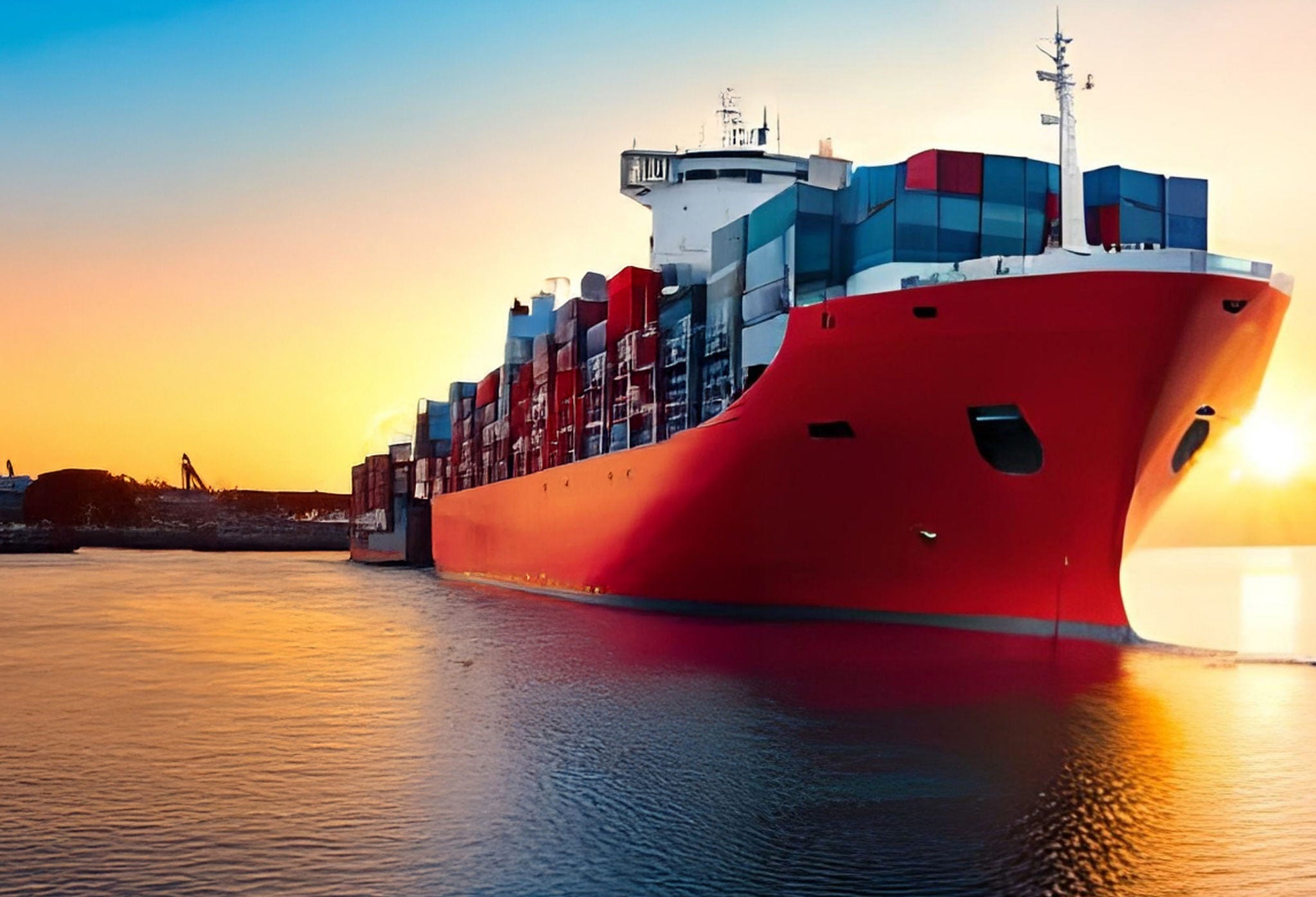The blue economy involves the sustainable utilisation of ocean resources for economic expansion, enhancing living conditions and generating employment, all while preserving the well-being of marine ecosystems. It includes all economic activities related to oceans, seas, and coasts, spanning sectors such as fisheries, shipping, marine renewable energy, and tourism. The concept has gained prominence globally,1 with countries such as India focusing on the blue economy as a cornerstone for future growth.2
India, with a coastline exceeding 7,500 kilometres,3 has a vibrant blue economy that contributes around 4 per cent to its GDP and handles 95 per cent of its trade by volume through maritime routes.4 This coastline spans nine coastal states and four Union Territories (UTs) and comprises twelve major ports and two hundred smaller ports.4 Given this vast potential, India has implemented several initiatives to strengthen its blue economy.




